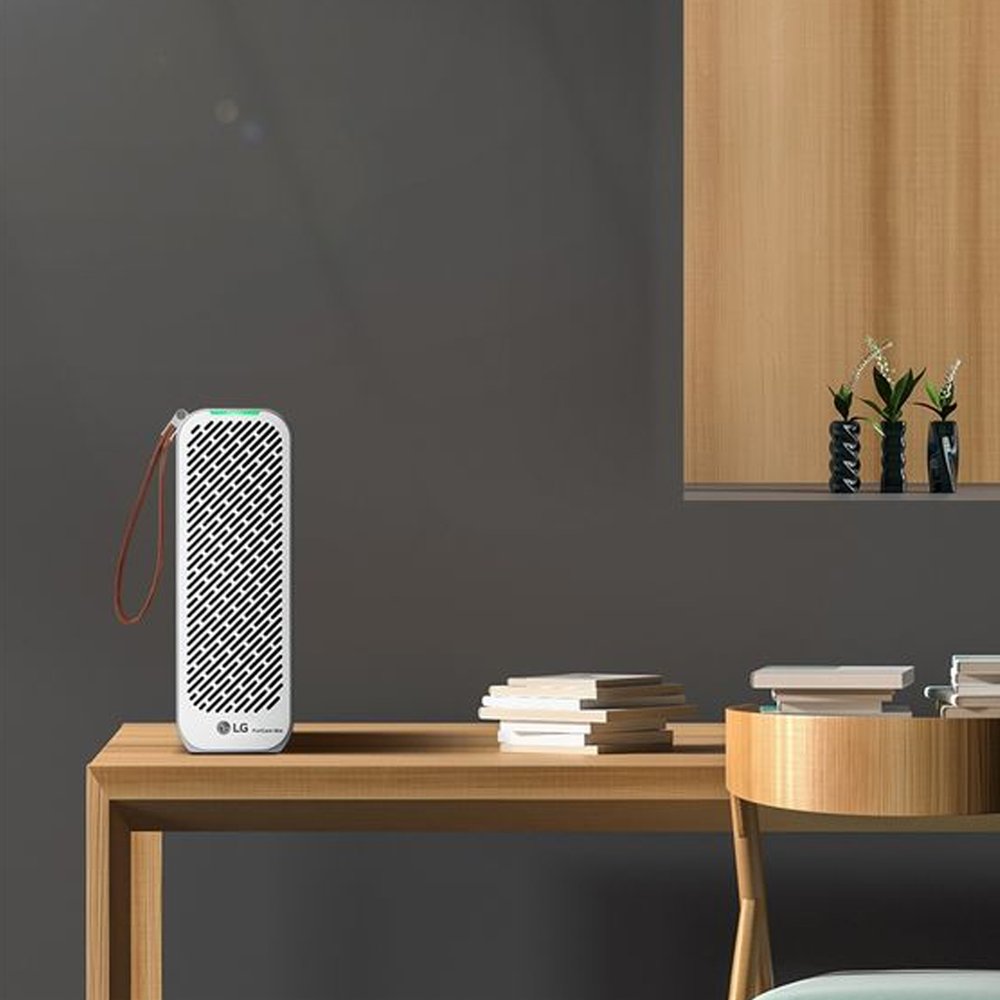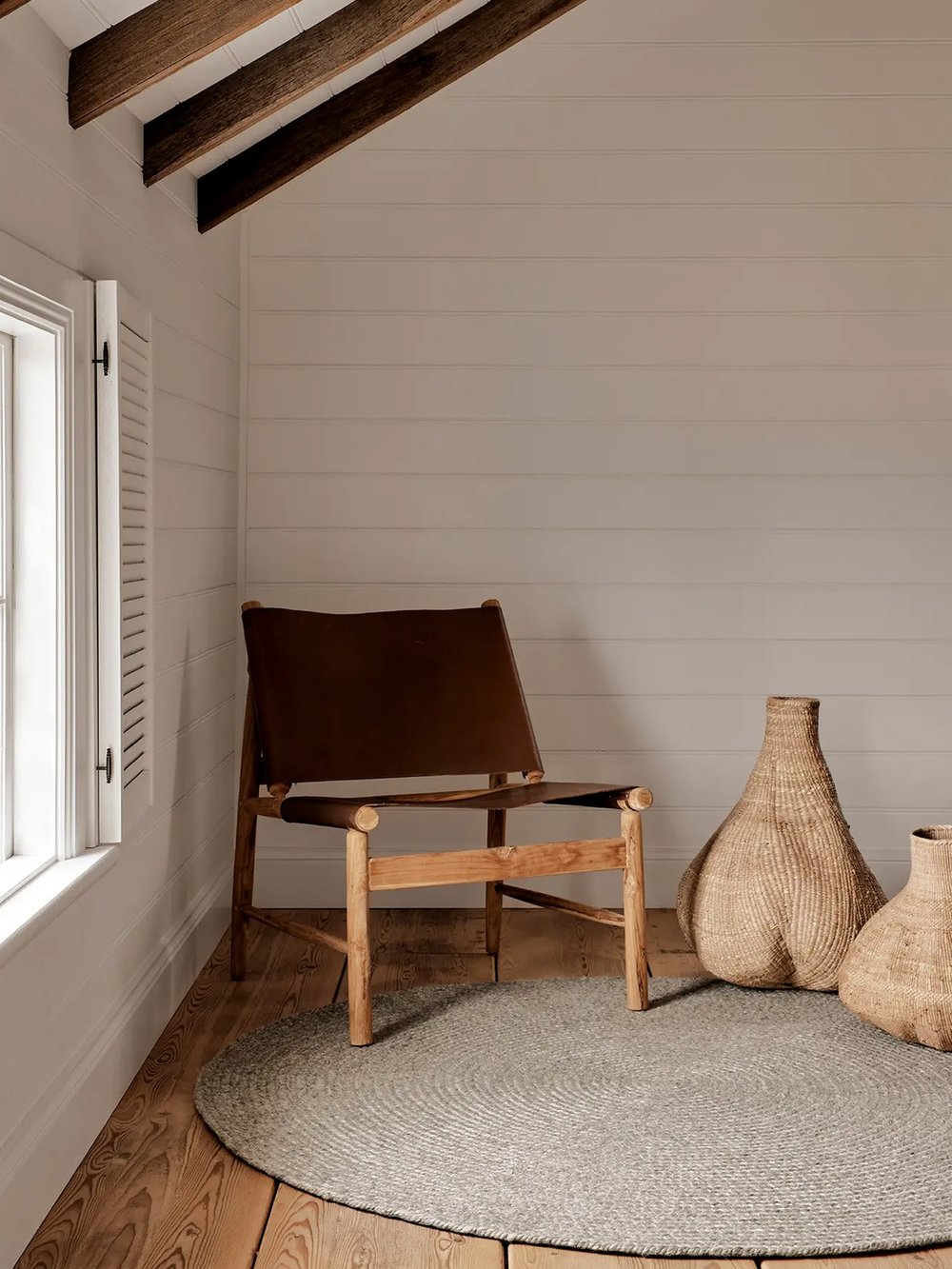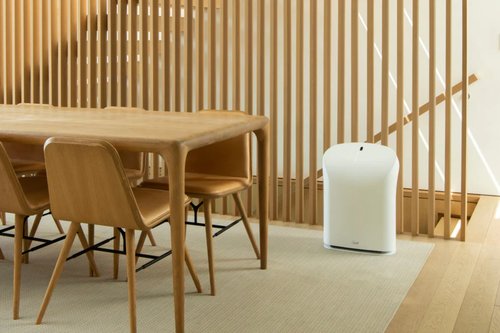Strategies to improve indoor air quality at home
Ventilation:
Ventilation systems, such as exhaust fans and mechanical ventilation systems, help to remove indoor pollutants and allergens. Natural ventilation, where the climate allows, should be taken advantage of. Cross-ventilation, where windows on opposite sides of a room are opened, can promote airflow and circulation throughout the home. Use heating, ventilation and air conditioning (HVAC) systems with appropriate filters and ventilation settings to circulate and filter indoor air effectively. Consider using portable air purifiers with HEPA filters or activated carbon filters to remove airborne pollutants and allergens from indoor air.
Air purification:
Air purifiers are equipped with filters that capture and remove various airborne pollutants. By continuously filtering the air, air purifiers help reduce the concentration of indoor pollutants, improving IAQ and reducing the risk of respiratory issues and allergic reactions. Some air purifiers are equipped with activated carbon or charcoal filters while others use ultraviolet radiation or negatively charged ions to neutralize airborne pathogens.
Cleaning practices:
Dust surfaces regularly using a microfiber cloth to trap and remove dust particles. Vacuum carpets, rugs and upholstery frequently using a vacuum cleaner equipped with a HEPA filter – this is particularly important in high-traffic areas of the home. Choose environmentally friendly and low-VOC cleaning products. To avoid VOCs completely, it’s easy to make all-purpose cleaners at home. Distilled white vinegar combined with water and tea tree oil makes an excellent solution and is also very effective against mold.









